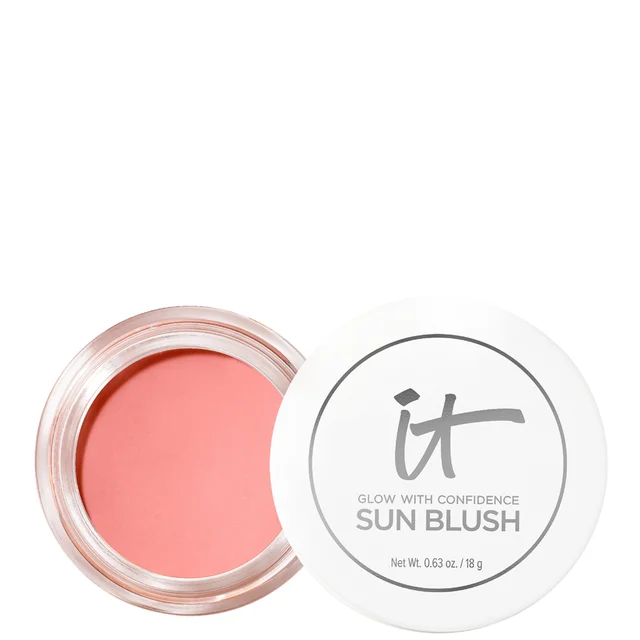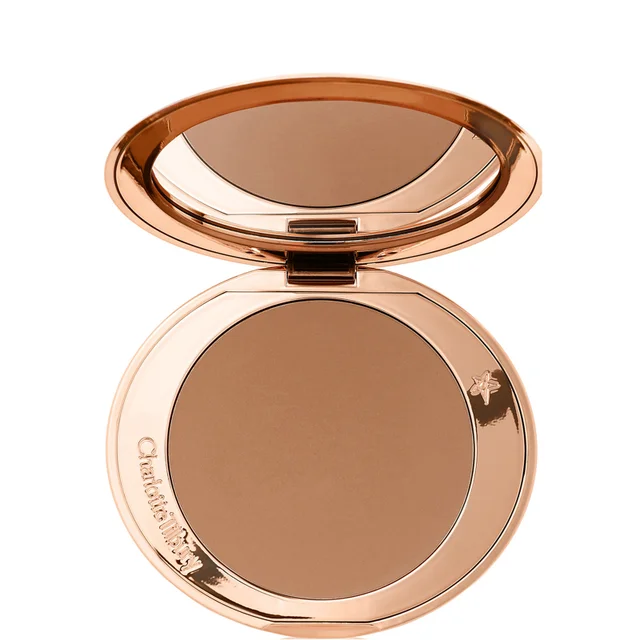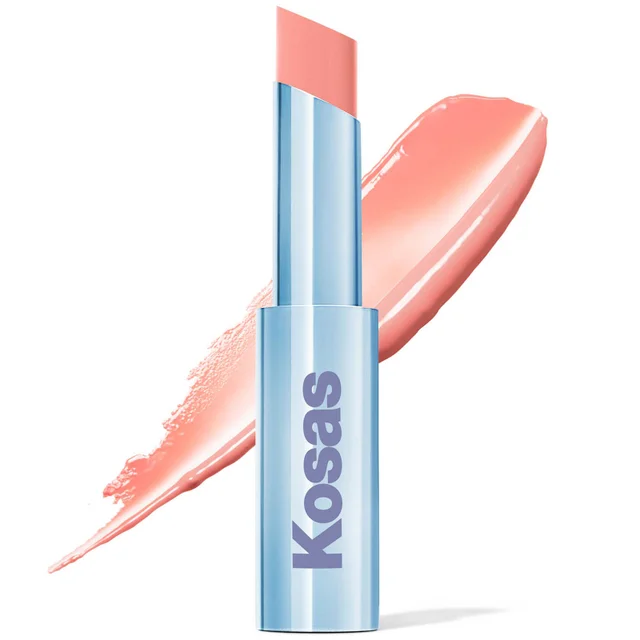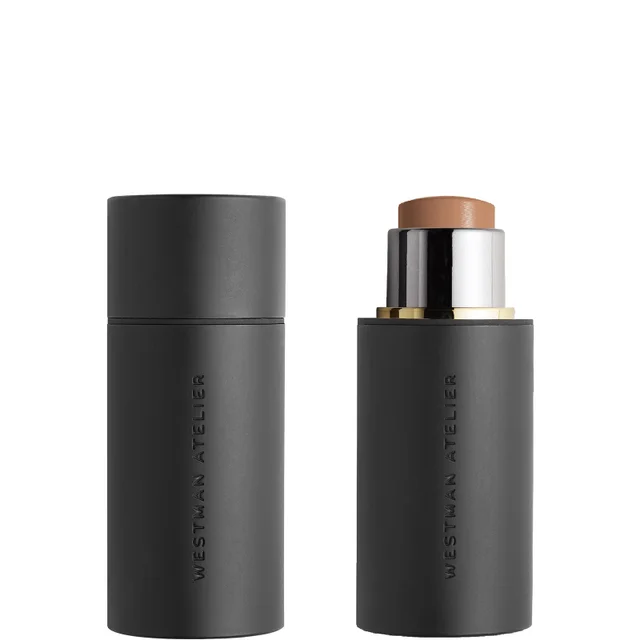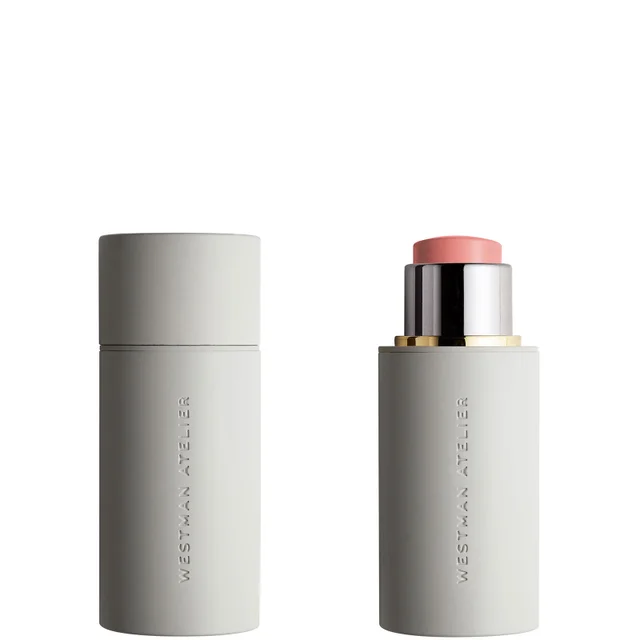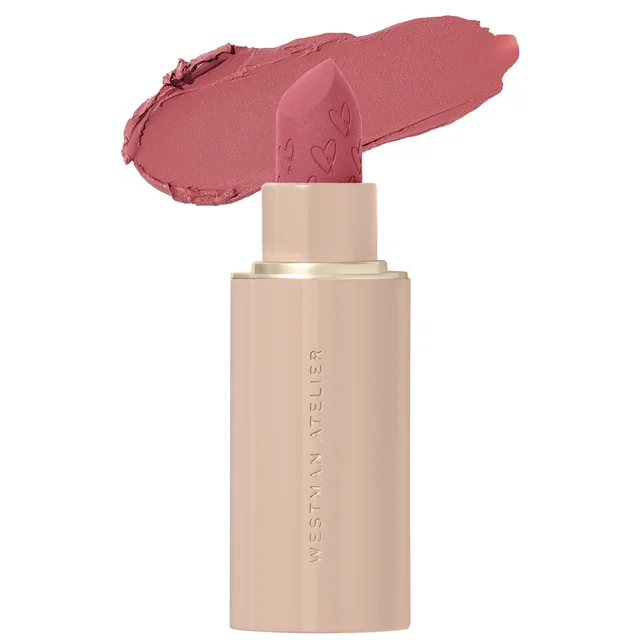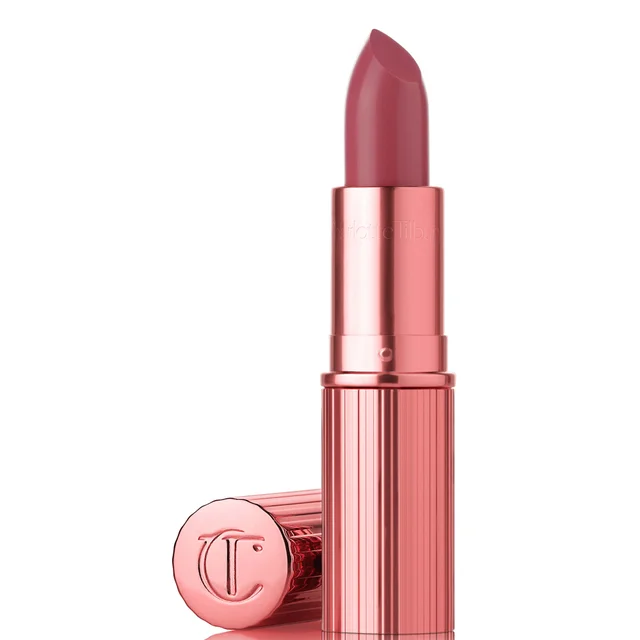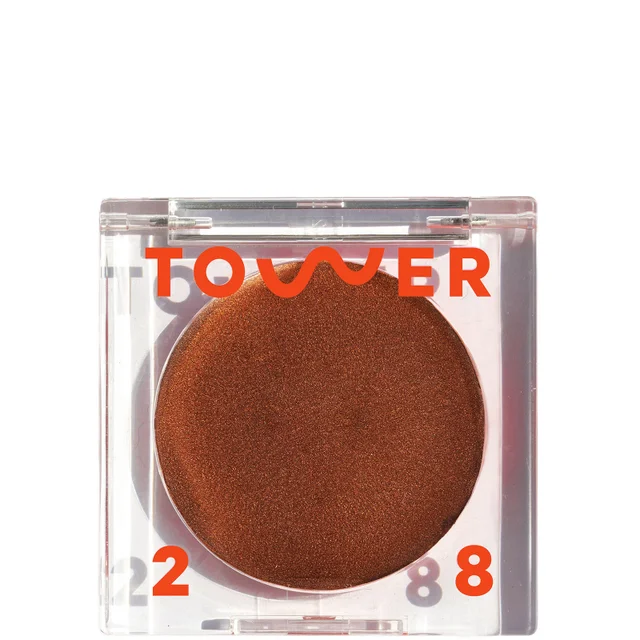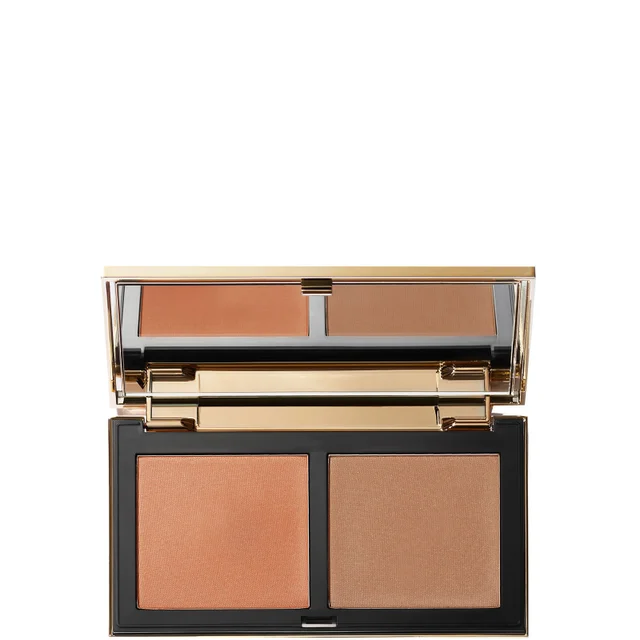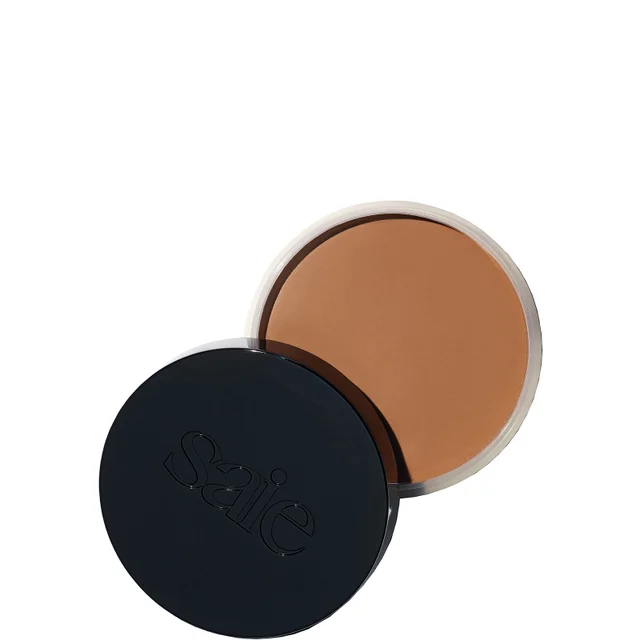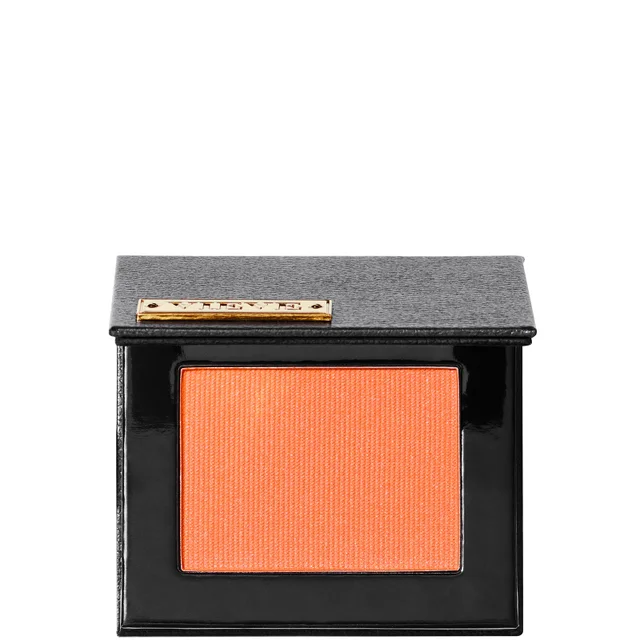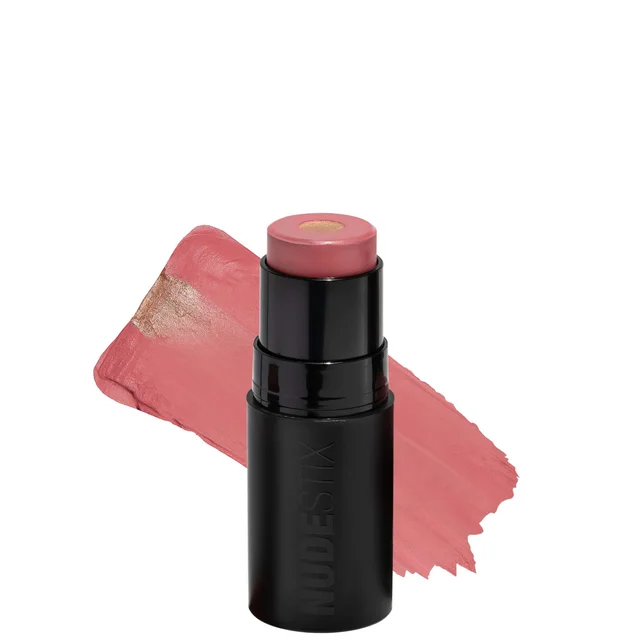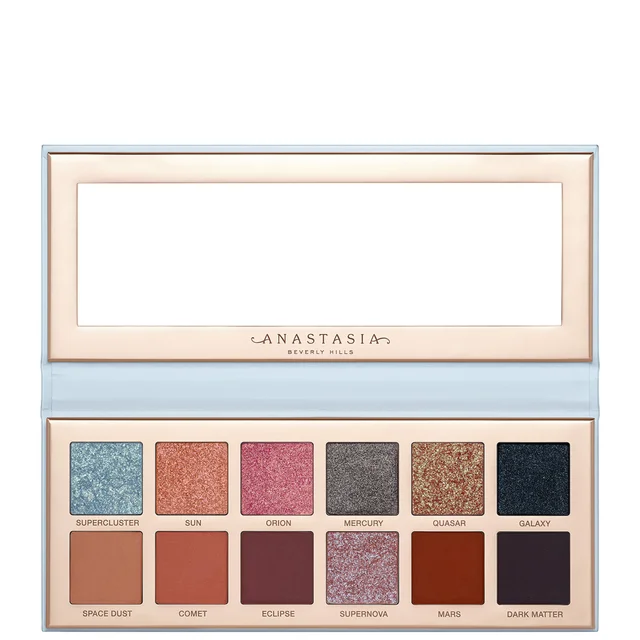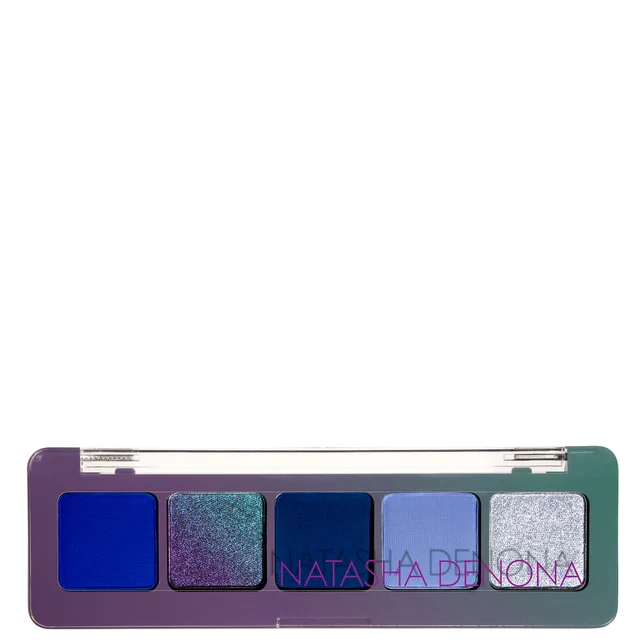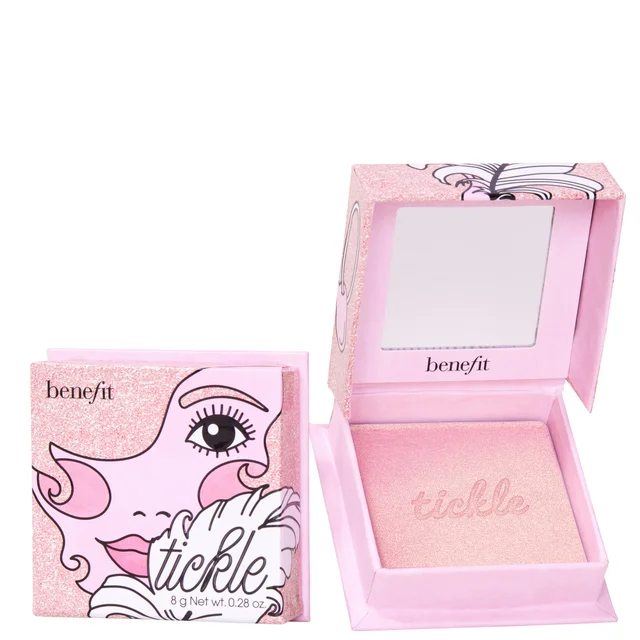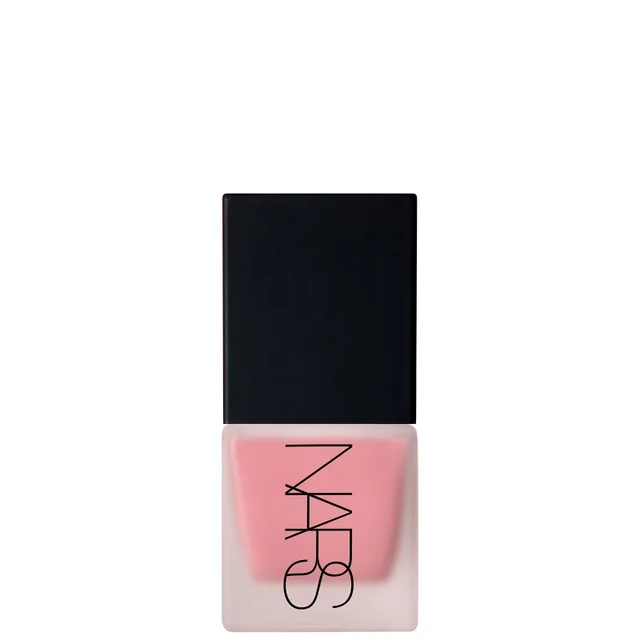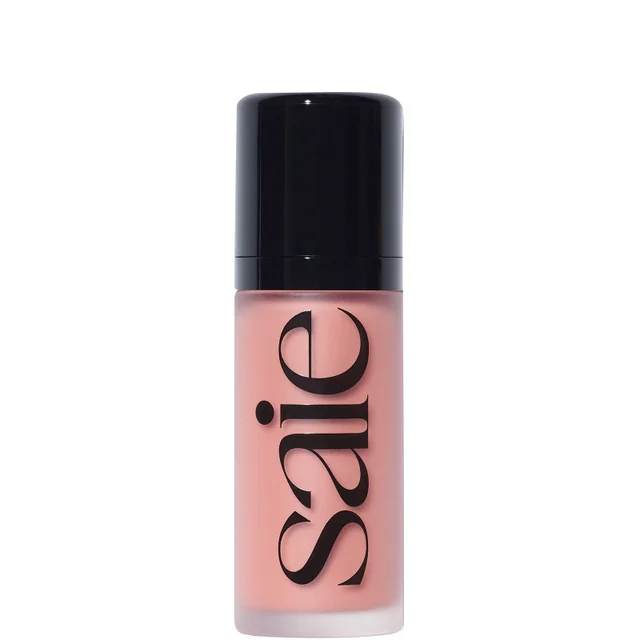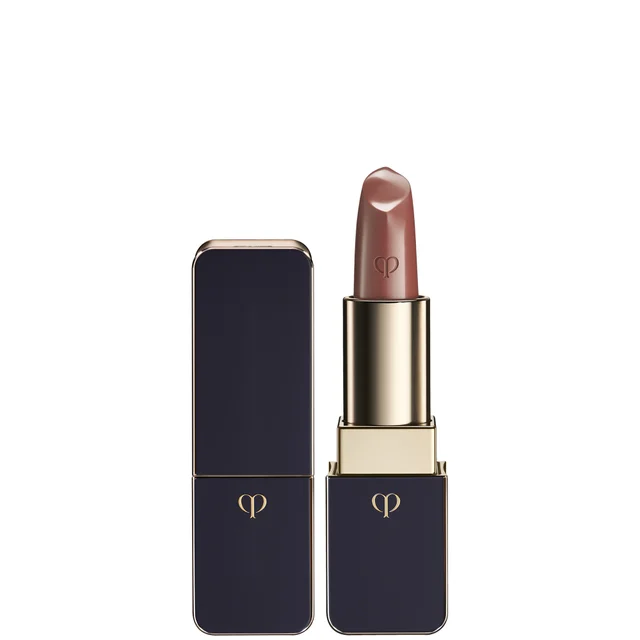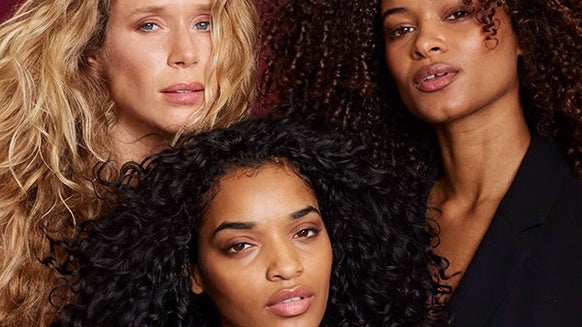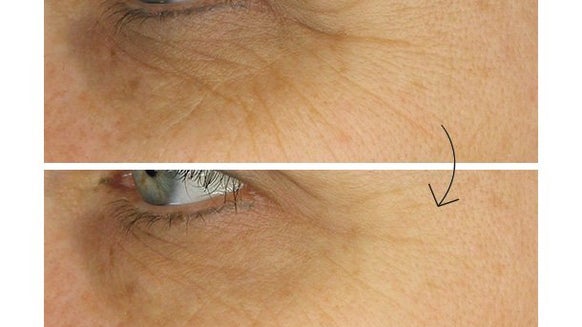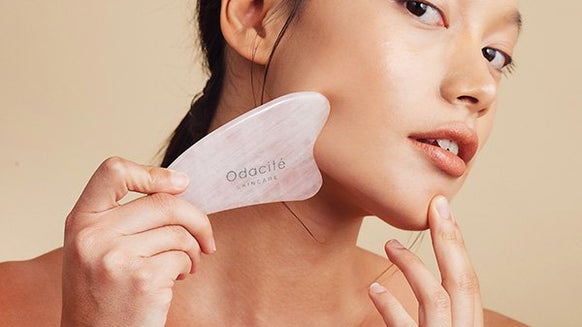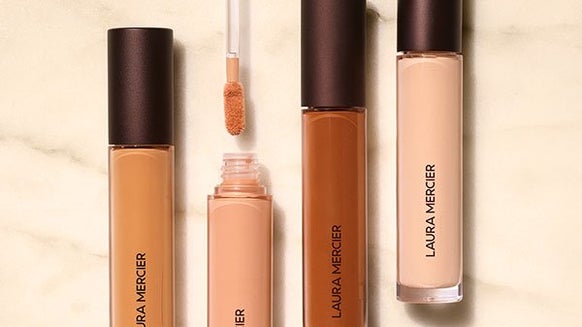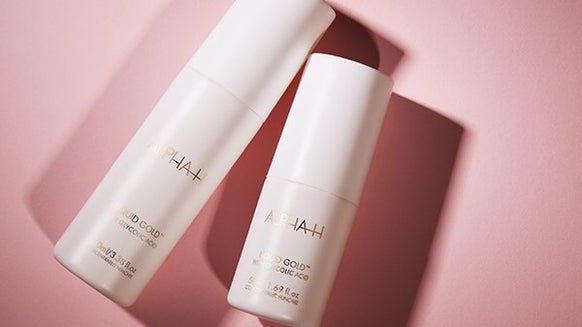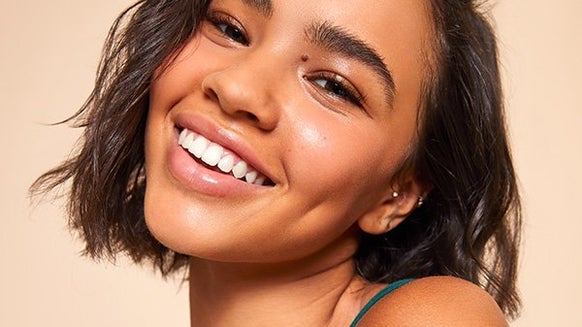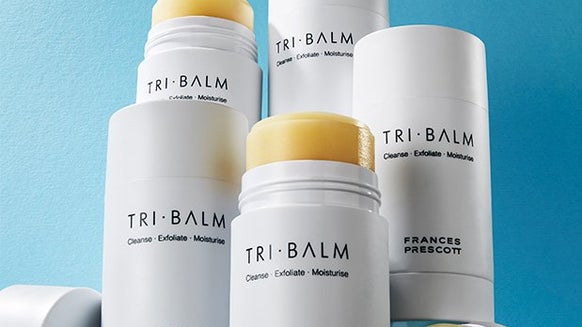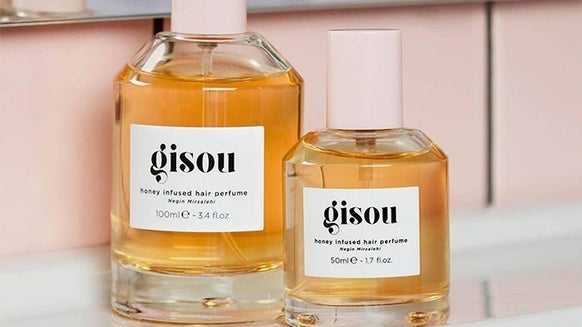HOW TO USE YOUR COLOUR SEASON TO LEVEL UP YOUR MAKE UP GAME
Having made a comeback into our consciousness (much like dad trainers and low-hung jeans), colour seasons aren’t a new concept. Making waves in the 1980s with the book Colour Me Beautiful, Carole Jackson taught the beauty industry the importance of understanding your natural colouring and how wearing correct shades can help accentuate your best features.
Still confused? You won’t be after we go through each colour season
WHAT IS COLOUR ANALYSIS
HOW DOES COLOUR ANALYSIS WORK?
Colour analysis doesn’t end with the four seasons... Although your undertone helps determine your initial colour season, the process then considers the value of the colour. Value is essentially how light or dark the colours fall. For example, high value shades are pastels and greys, while low value are navy and charcoal.
SPRING COLOUR PALETTES
Combining warmth with brightness, a spring colour palette
SUMMER COLOUR PALETTES
A summer colour palette sits
AUTUMN COLOUR PALETTE
Rich, glowy and muted is the definition of the autumn colour palette. Placed at the warmest end of the colour season spectrum a person that falls here has distinguishable and vibrant hues in their hair, complexion and eyes. Think red tresses, green peepers and an olive skin tone. As it’s a warm toned palette, bronzers are this season's BFF. Go for shades that are deep, warm and don’t be afraid to contour
WINTER COLOUR PALETTE
Blending coolness with brightness, the winter colour palette
COLOUR SEASON FAQS
Still not satisfied? We've got the answers to your most commonly asked questions...
What is the colour theory of the 12 seasons?
From the original four colour seasons (spring, summer, autumn and winter), each primary season is divided into three sub-categories: true, light and deep for spring and autumn and true, soft and cool for summer and winter. This results in the 12 colour seasons. What these subcategories relate to is the contrast and hue of the colours within that season. A case in point? The comparison between true summer and soft summer... True summer shades are lighter and gentler, while the light summer shades are cooler, muted and slightly darker.
How do I know if I'm a spring or an autumn?
As both spring and autumn sit on the warm end of the colour spectrum, it is sometimes difficult to distinguish them both. However, a rule of thumb is that autumn is slightly darker and spring slightly lighter. What this means is that typically (but not
What is the least common colour season?
A true summer is the least common colour season. Why? Because it is a 100% cool palette, that’s light in value and muted in contrast. Dominated by greys, blues and pinks it's a feather soft palette that most people don't fall into. For reference, Emily Blunt, Emily DiDonato and Barbara Palvin are all true summers.
And there you have it, the ultimate rundown to the 80’s trend we’re not so sorry is making a comeback. Now, who’s looking at their make up bags differently...

Rina is Cult Beauty’s Midweight SEO Copywriter and has always had a passion for beauty and skin care (rich moisturisers are her obsession). What started as a love for The Body Shop and their famed Born Lippy lip balms (in ‘Watermelon’ of course!), she is now more interested in finding products with proven effectiveness instead of broken promises. A loud and proud VIEVE fan, Rina owns nearly every item of the range and recommends the brand to anyone who will listen... When she’s not intently reading ingredient lists, you can find her either immersed in multiple true crime podcasts or a fantasy romance novel, with an *extra* hot cappuccino in hand.
